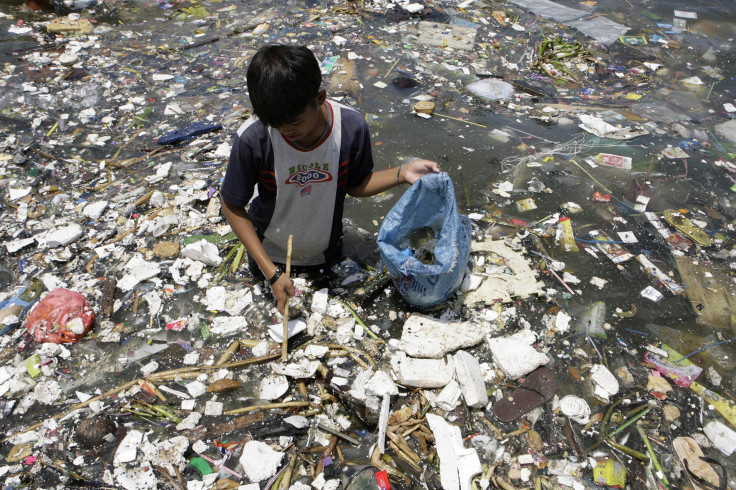Great Pacific Garbage Patch Now Has Its Own Ecosystem
In a disturbing but interesting discovery, the plastic island in the middle of the Pacific Ocean now has its own ecosystem, according to findings published in the Nature Communications journal.
Scientists estimate the island to be twice the size of Texas, and it can now sustain life, with multiple life forms now clinging to the plastic and even procreating on the island.
Typically, these types of communities, known as neo-pelagic communities, form on natural rafts like seeds, trees, seaweeds, etc. but these communities are short-lived since the natural rafts are biodegradable. However, plastic is not biodegradable, or at least it will not degrade as quickly as a natural raft would.
The Great Pacific Garbage Patch was discovered in 1997 and is caused by ocean currents that swirl in a vortex, bringing all the trash and plastic in the ocean to one place. In 2018, it was estimated that 79,000 metric tons of plastic make up the Great Pacific Garbage Patch.
The question is how a long-term residency on the plastic island will affect the future of these types of communities and the species that inhabit them. These species include mussels, barnacles, shrimp-like amphipods, crabs, etc. which are typically coastal or near coastal dwelling species.
What is interesting is that the animals on this patch are reproducing, which indicates a more permanent residence rather than a transitory one.

With the world now more globalized than ever before, it is easy for species to be transported around the world with occasional invasive effects. With the increase of plastic in the oceans of the world, it is reasonable how these plastic habitats will affect the survival of these typically coastal species in the ocean.
The Great Pacific Garbage Patch is not the only one of its kind, it is one of several, but it is the biggest. Costal species now must adapt to a plastic life on the seas, like pirates, and there are many questions as to what changes will cause in the species’ behavior or even physical features.
The presence of any garbage patch in the ocean is a disturbing and increasingly normalized trend, as many aspects of climate change are, and there have been many efforts proposed to clean up these patches.
Now that they are home to lives, it raises more questions about how the presence of so much garbage, especially plastic, in the oceans of the world will continue to change from the way people know them today.
© Copyright IBTimes 2024. All rights reserved.






















